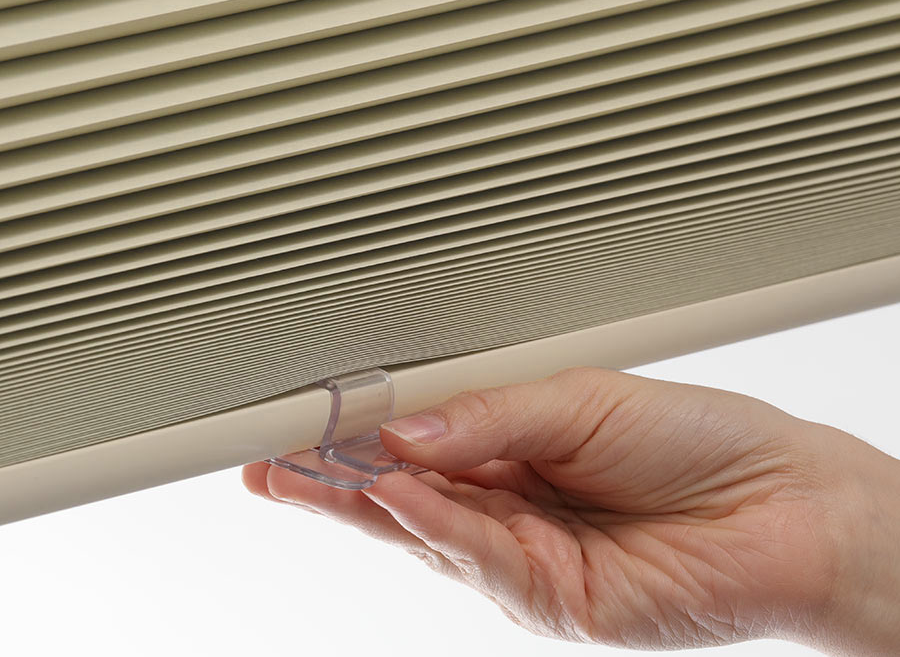
Corded Window Covering Ban Effective Dec. 15
In a move first announced by the Window Covering Manufacturers Association in January, the vast majority of window covering products sold in the United States and Canada will be cordless or have inaccessible or short cords starting December 15. The new safety standard, ANSI/WCMA A100.1-2018, strengthens window-covering safety by requiring that all stock products sold in stores and online, which account for more than 80 percent of all window covering products sold in the U.S. and Canada, to be cordless or have inaccessible cords.
“The revised safety standard segments the market between stock and custom-made products because U.S. Consumer Product Safety Commission (CPSC) incident data shows that requiring stock products to be cordless or have inaccessible cords would have the most significant and immediate impact on reducing the strangulation risk to young children from certain window covering cords,” said WCMA Executive Director, Ralph Vasami.
Corded window coverings will only be available on custom-order products, as corded products are still needed by a wide range of consumers, including the elderly and those with disabilities, those short in stature, and those with windows in hard-to-reach locations. The revised standard imposes new restrictions on these custom-order products such as requiring operating cords to have a default length of 40% of the blind height [currently it is unlimited] and a default to a tilt wand instead of a tilt cord. The new safety standard also includes a change in warning tags to more graphically depict the strangulation hazard.
Many custom-order window coverings are also now available with cordless operating systems or have inaccessible cords. It is therefore likely that more than 90 percent of products sold in the U.S. and Canada will be cordless or have inaccessible cords once compliance with the new safety standard is in place.
“All companies who manufacture, distribute, or sell window coverings in the U.S. must comply with the voluntary safety standard or face enforcement action by the CPSC and/or be open to legal action if non-compliant products are sold,” said Vasami. “‘Voluntary’ simply signifies that industry worked cooperatively with the CPSC, safety experts, and others under the auspices of ANSI to develop the standard.”